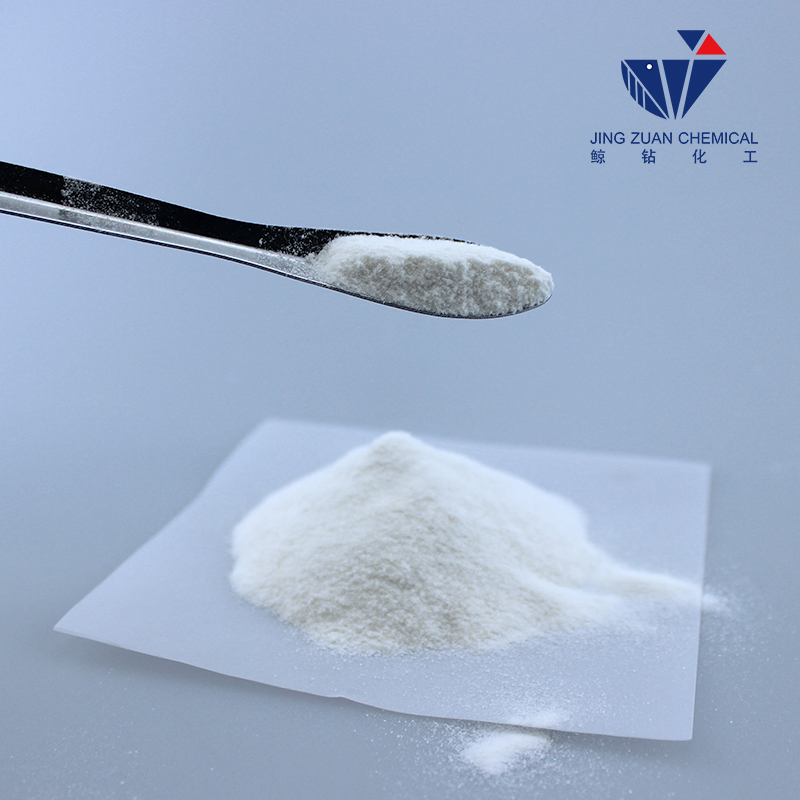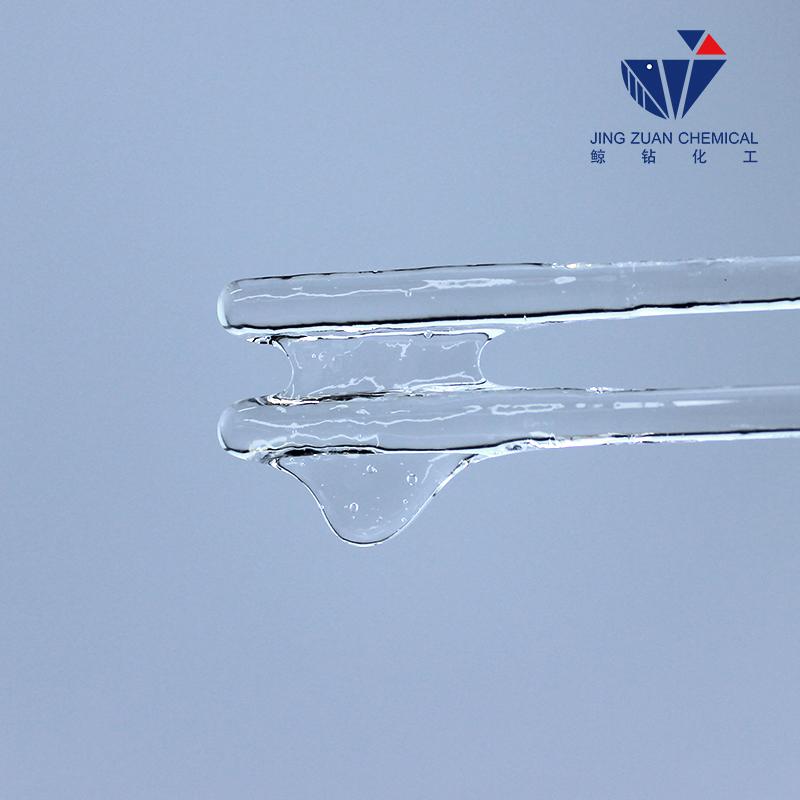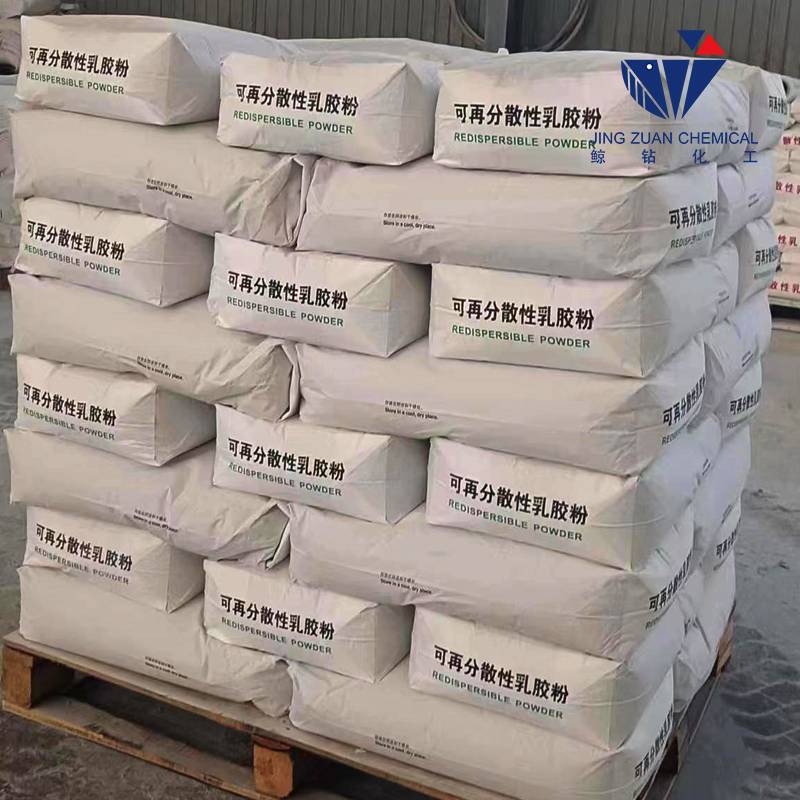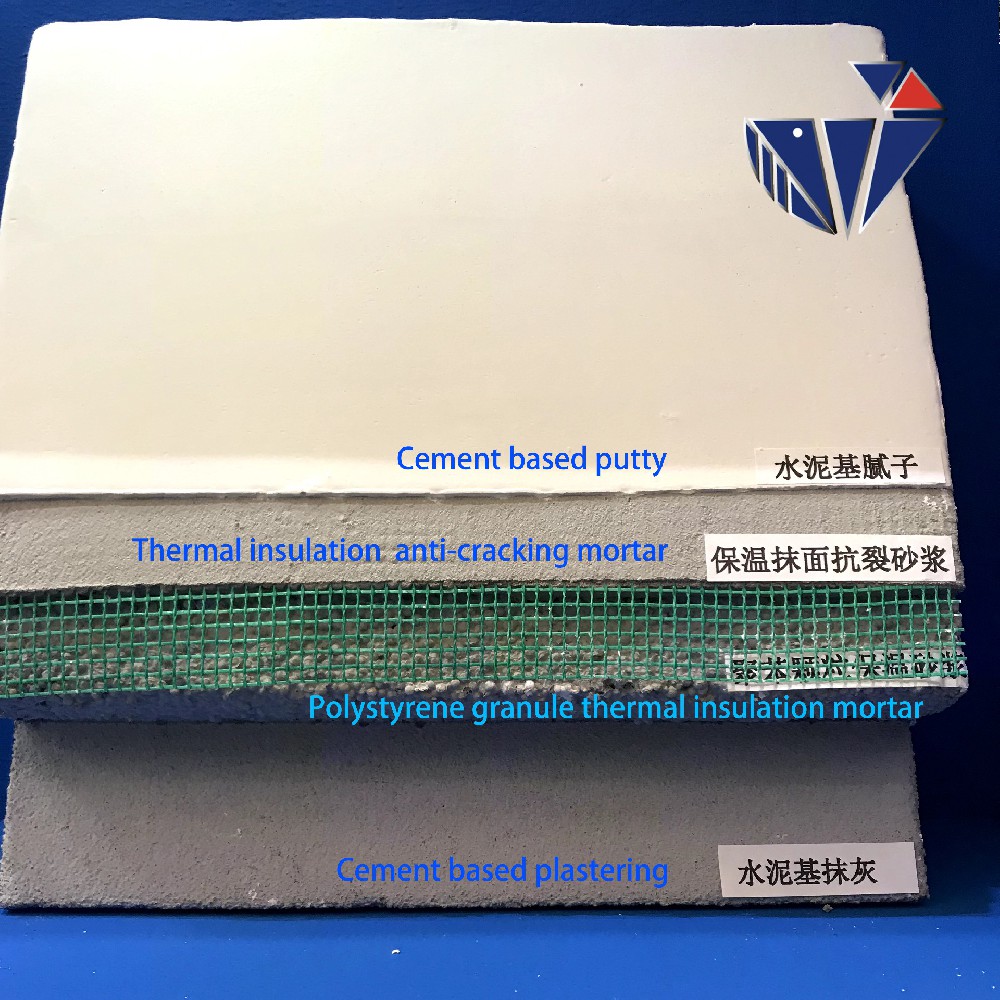
Окт . 10, 2024 05:33 Back to list
Exploring the Applications and Benefits of Hydroxypropyl Methylcellulose in Various Industries
Understanding Hydroxypropyl Methylcellulose (HPMC)
Hydroxypropyl Methylcellulose (HPMC) is a versatile, non-ionic polymer derived from cellulose, with a wide range of applications in various industries due to its unique properties
. This synthetic derivative of cellulose is primarily used as a thickening agent, emulsifier, film-forming agent, and binder in numerous formulations.One of the striking features of HPMC is its exceptional ability to dissolve in water, forming a clear and viscous solution. This property is crucial in several applications, especially in the realms of pharmaceuticals, food production, and personal care products. In the pharmaceutical industry, HPMC serves as a crucial excipient in drug formulations. Its viscosity can aid in controlling the release of the active pharmaceutical ingredient, thereby enhancing the efficacy of the drug. Additionally, HPMC is often used in the production of tablets, where it helps bind the ingredients and ensures the stability of the final product.
In the food industry, hydroxypropyl methylcellulose is utilized as a food additive. It acts as a thickener and stabilizer, improving the texture and shelf-life of food products. For example, HPMC is commonly found in ice creams, sauces, and baked goods, where it enhances the creaminess and helps maintain the structure of the food. As a vegetarian alternative to gelatin, it is also favored in vegan and vegetarian food formulations.
In personal care products, HPMC is featured in cosmetics, lotions, and creams. It helps achieve the desired consistency and stability of the products while also enhancing skin feel. Due to its film-forming properties, HPMC is often incorporated into hair care products to provide hold and manageability.
hydroxypropyl methylcellulose hpmc
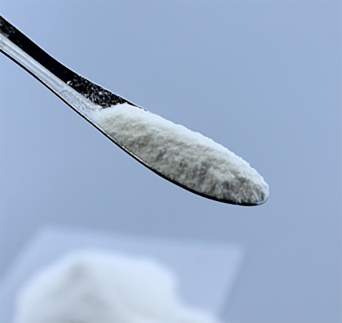
Another significant application of HPMC is in the construction industry. It is used as an additive in tile adhesives, paints, and mortars. In tile adhesives, HPMC improves water retention, which allows for better adhesion and working time. Similarly, in paints, it can modify viscosity and enhance the application properties, ensuring smooth coverage.
HPMC is available in different grades, which vary based on viscosity and the degree of substitution (the extent to which the hydroxyl groups in cellulose are replaced with hydroxypropyl and methyl groups). This variability allows manufacturers to choose the appropriate grade for their specific application needs.
Safety and regulatory aspects of HPMC are also pivotal in its extensive usage. The Food and Drug Administration (FDA) has classified HPMC as Generally Recognized As Safe (GRAS), making it suitable for use in food products. Moreover, it is often utilized in pharmaceutical applications with strict quality control measures in place to ensure that it meets the required standards for safety and efficacy.
In conclusion, hydroxypropyl methylcellulose is a multifunctional polymer that plays a significant role across various industries, including pharmaceuticals, food, cosmetics, and construction. Its unique properties, along with its safety profile, make it an invaluable ingredient in a vast array of products. As research continues and industry needs evolve, the applications for HPMC are likely to expand further, solidifying its place as a crucial compound in numerous formulations.
-
Unlocking the Benefits of HPMC Products: A Gateway to Versatile Applications
NewsAug.07,2025
-
Unleashing the Potential of HPMC Ashland: A Comprehensive Look
NewsAug.07,2025
-
Tile Bonding Cellulose: The Key to Superior Adhesion and Durability
NewsAug.07,2025
-
Hydroxypropyl Methylcellulose Powder: The Versatile Component in Modern Pharmaceuticals
NewsAug.07,2025
-
Hydroxyethyl Cellulose: The Versatile Solution for Various Industries
NewsAug.07,2025
-
Hydroxyethyl Cellulose (HEC): The Versatile Polymer for Various Applications
NewsAug.07,2025

